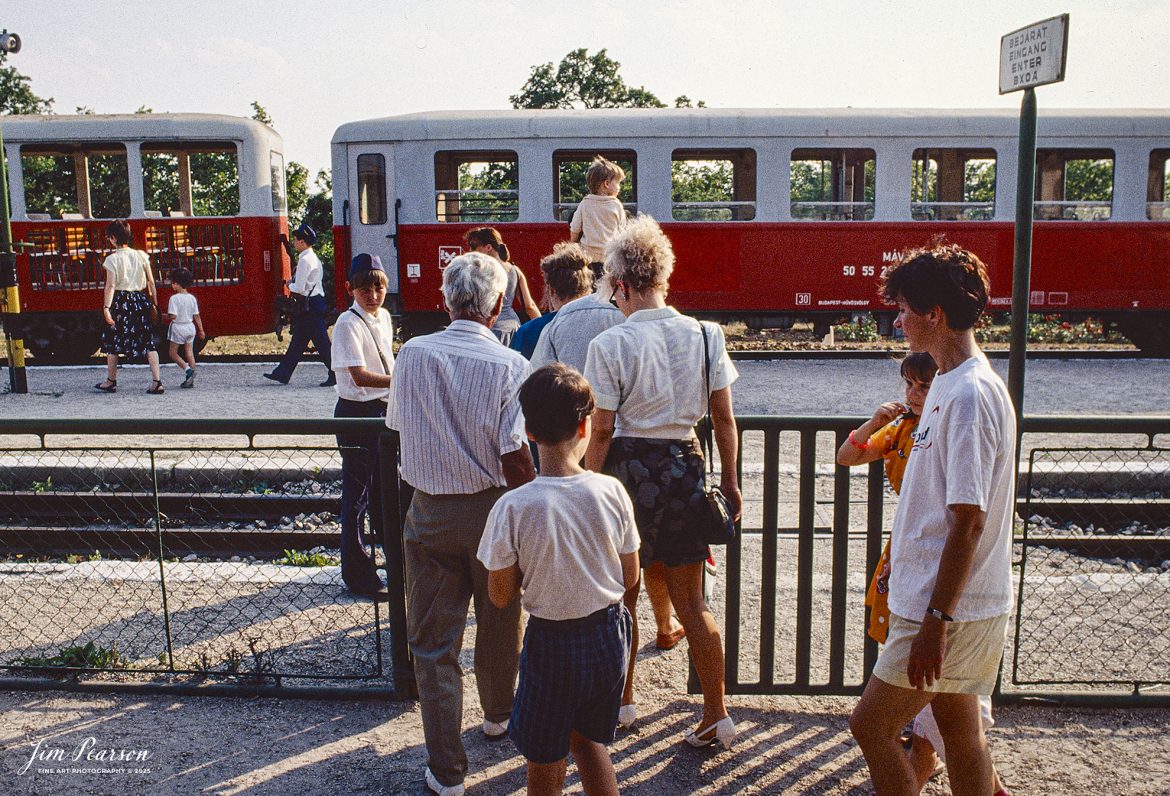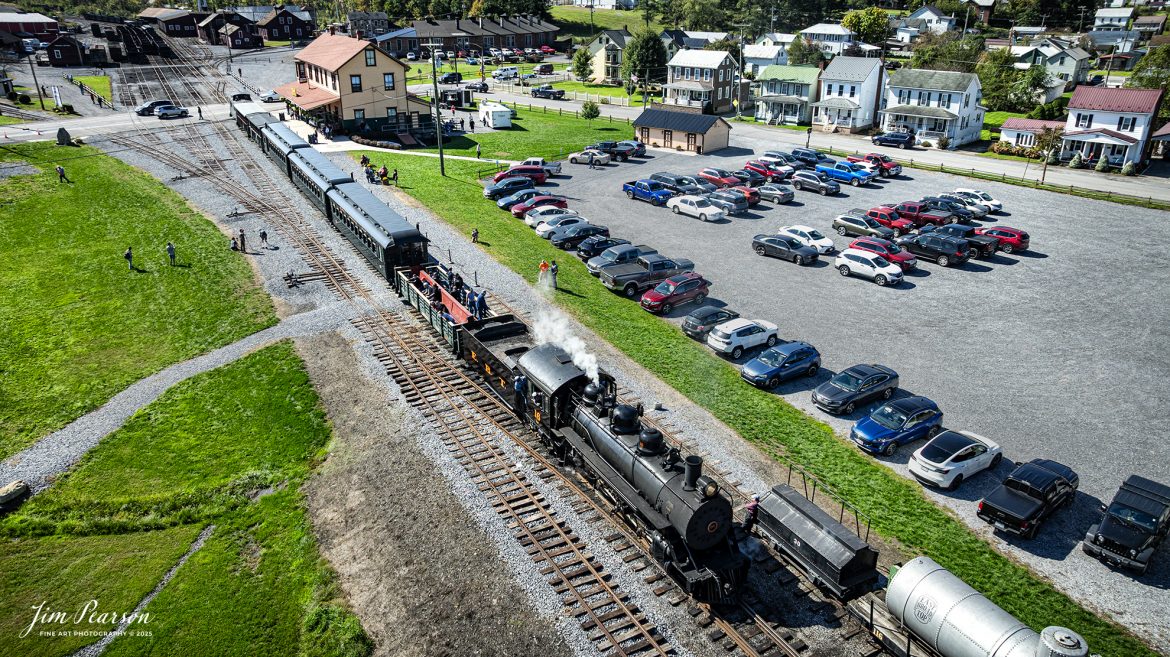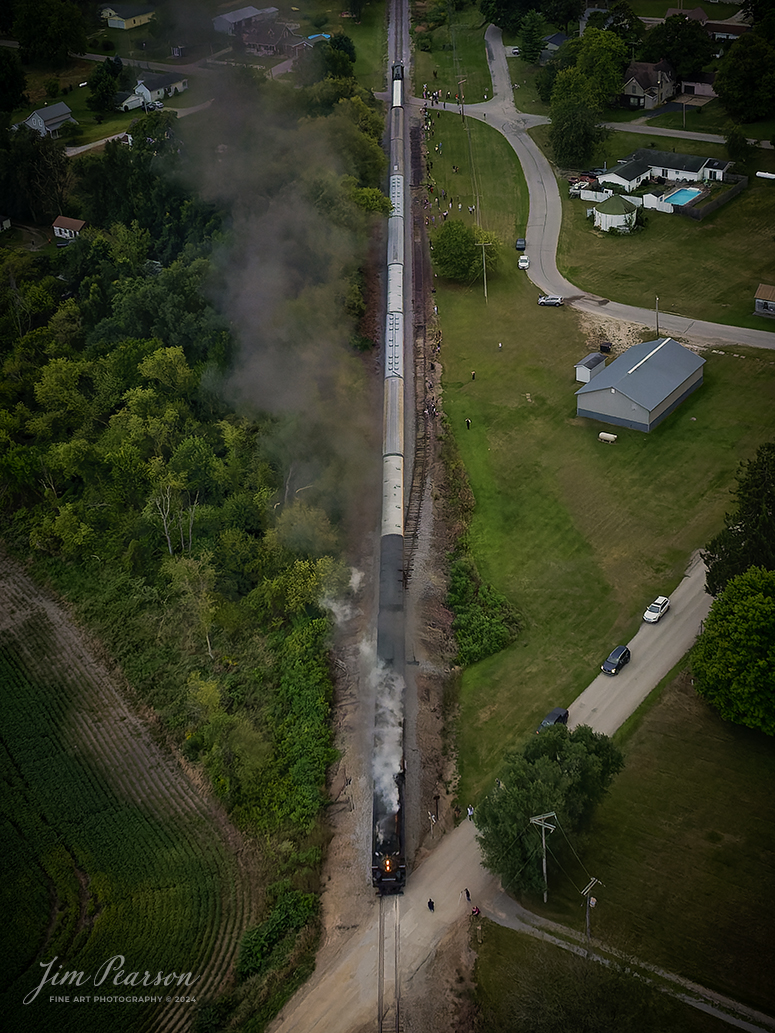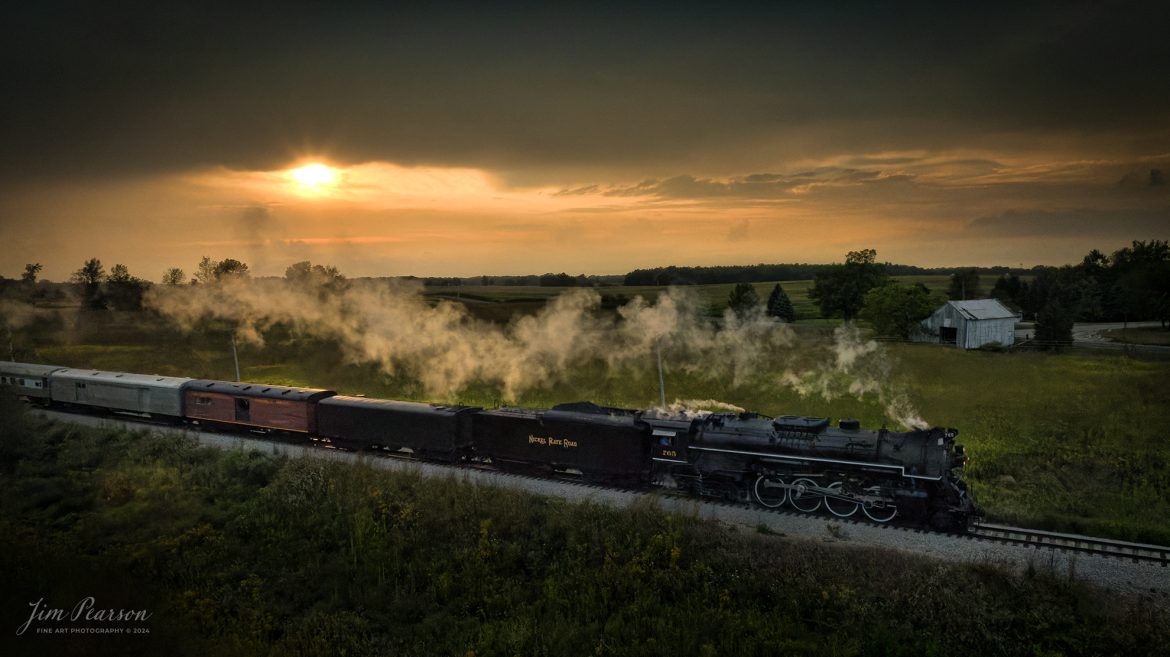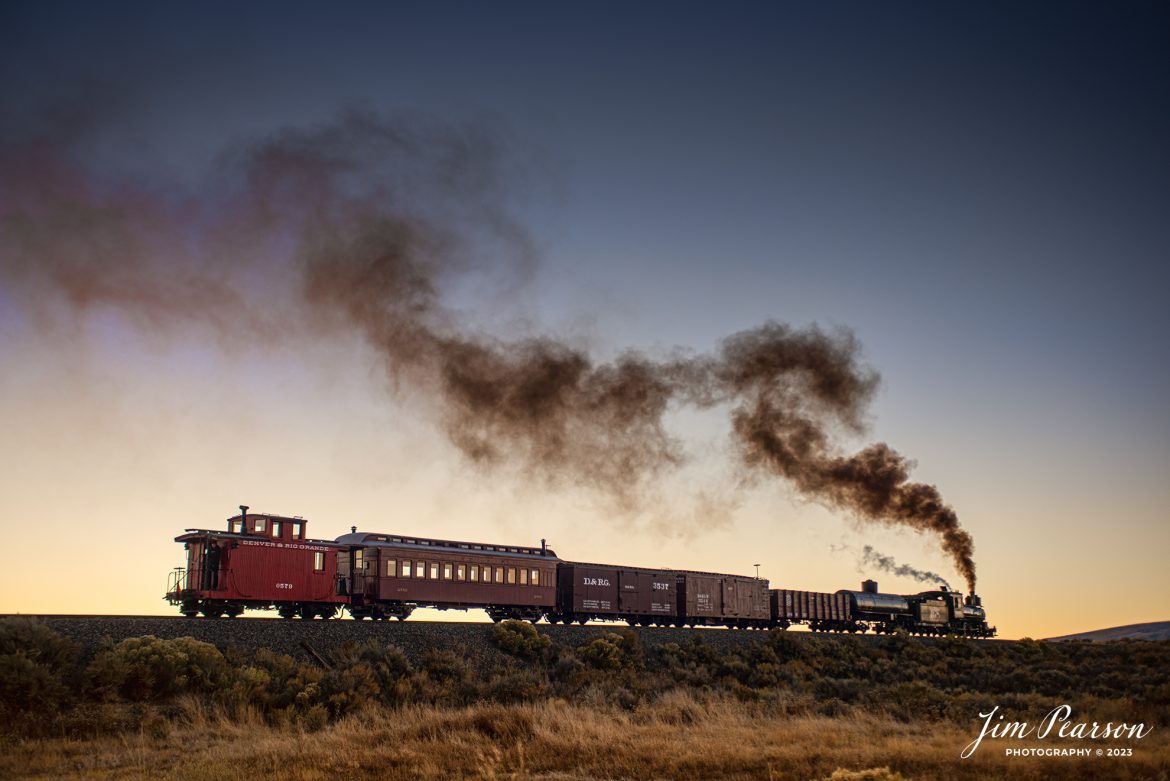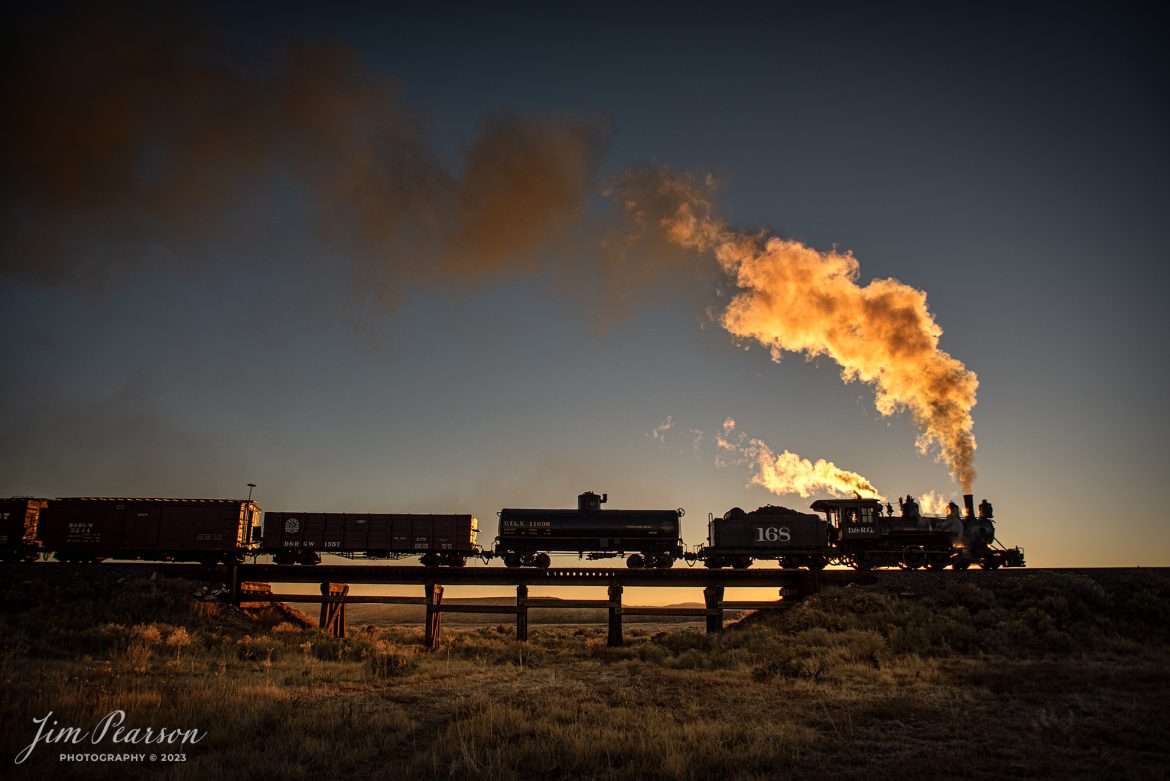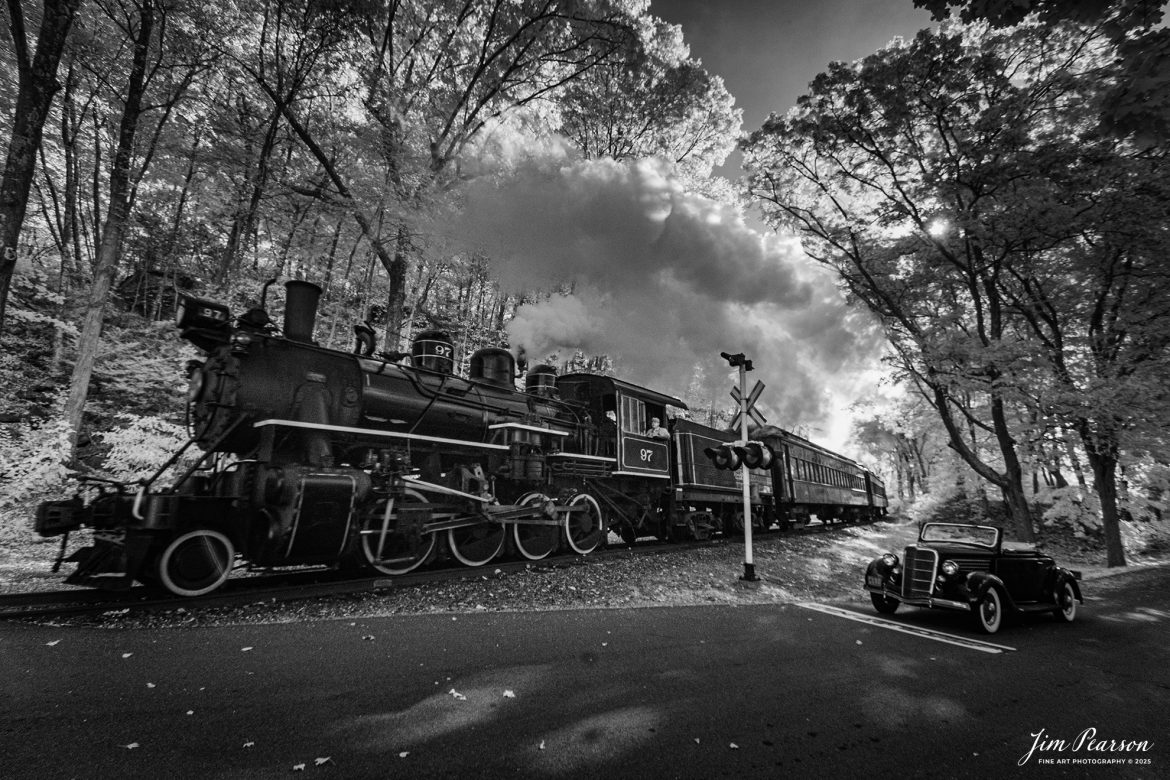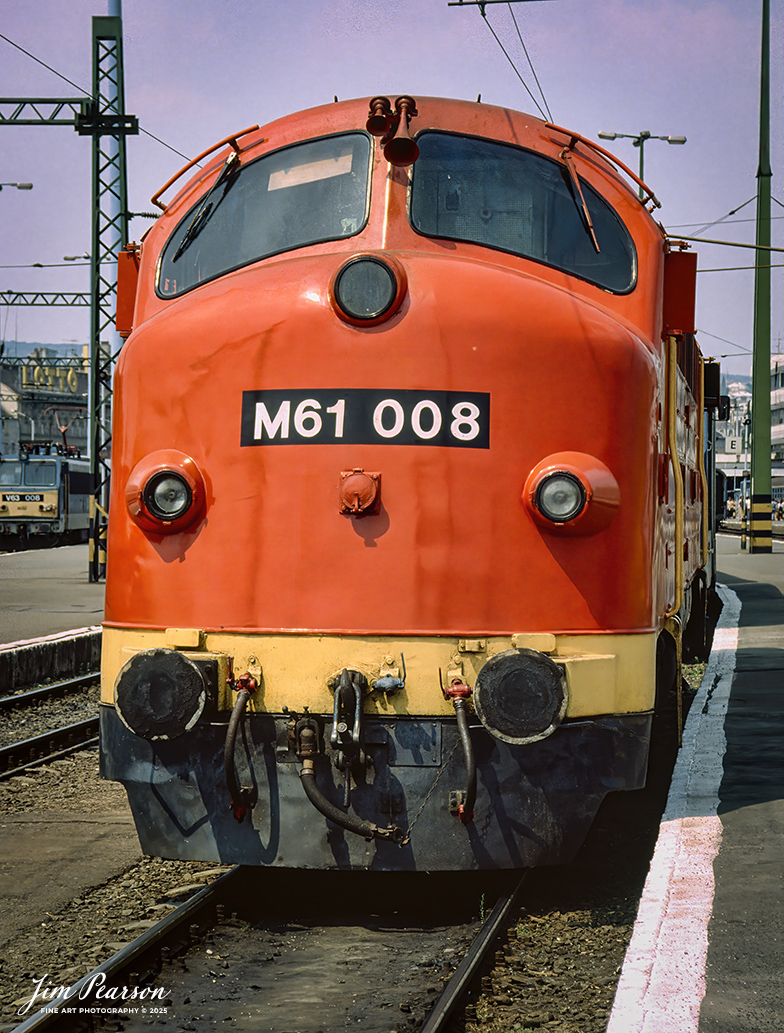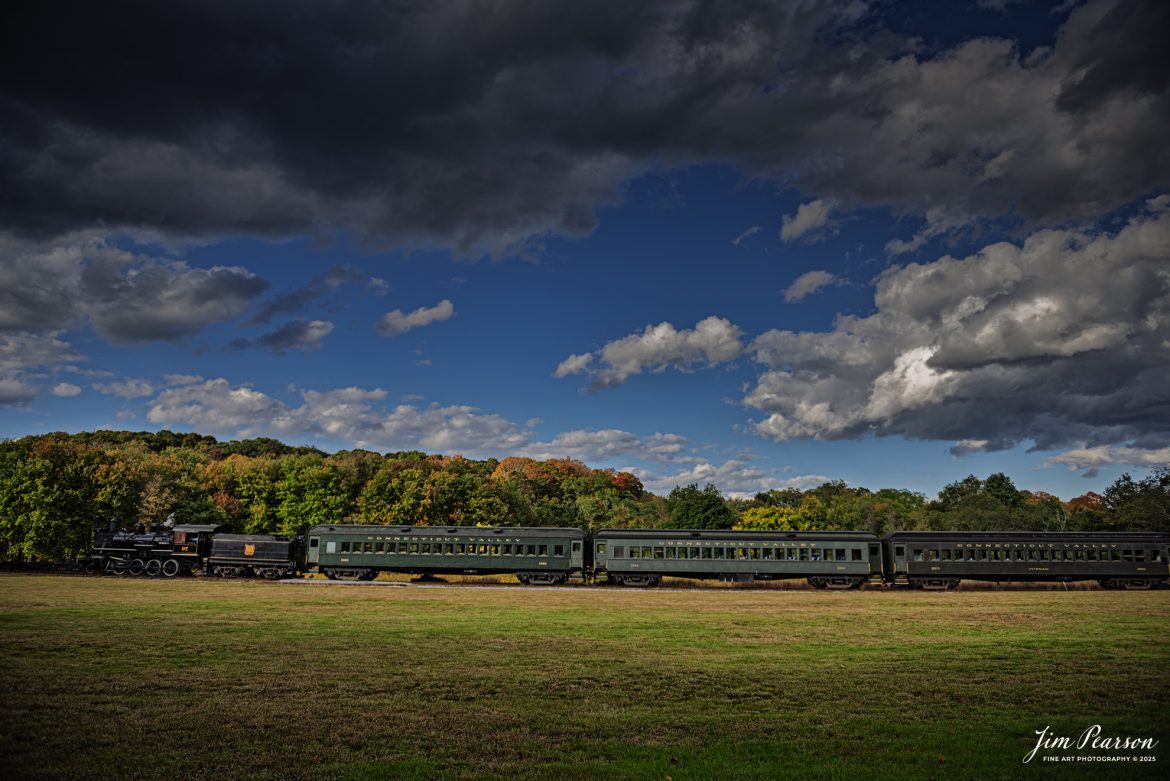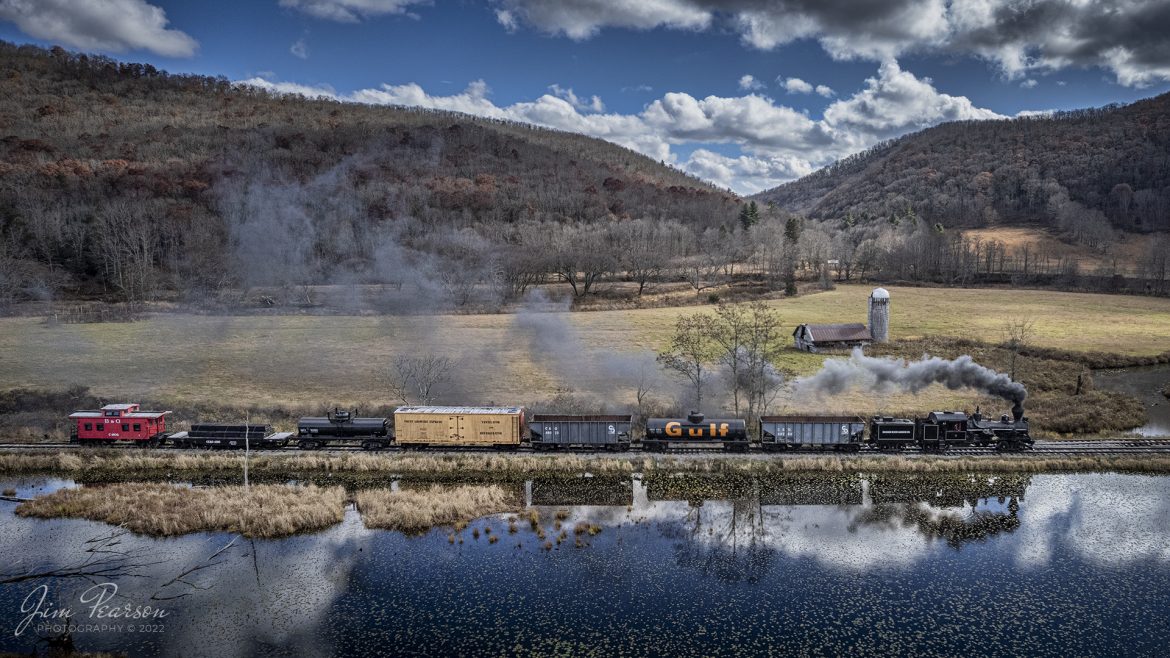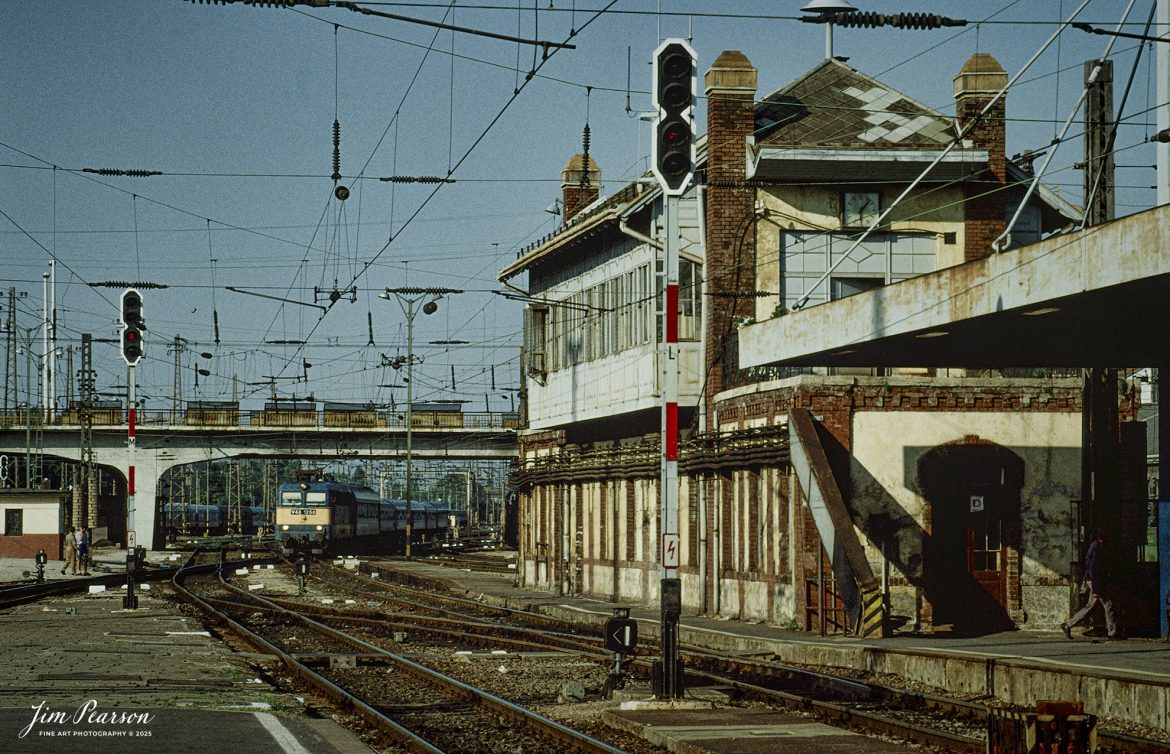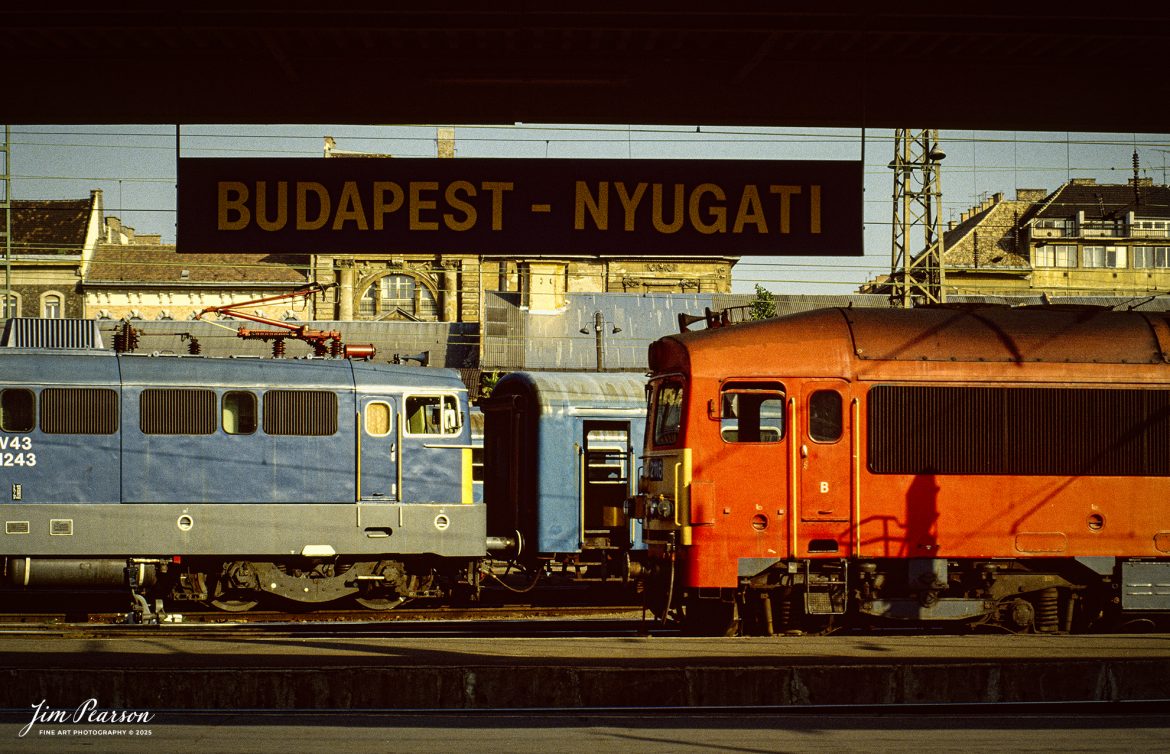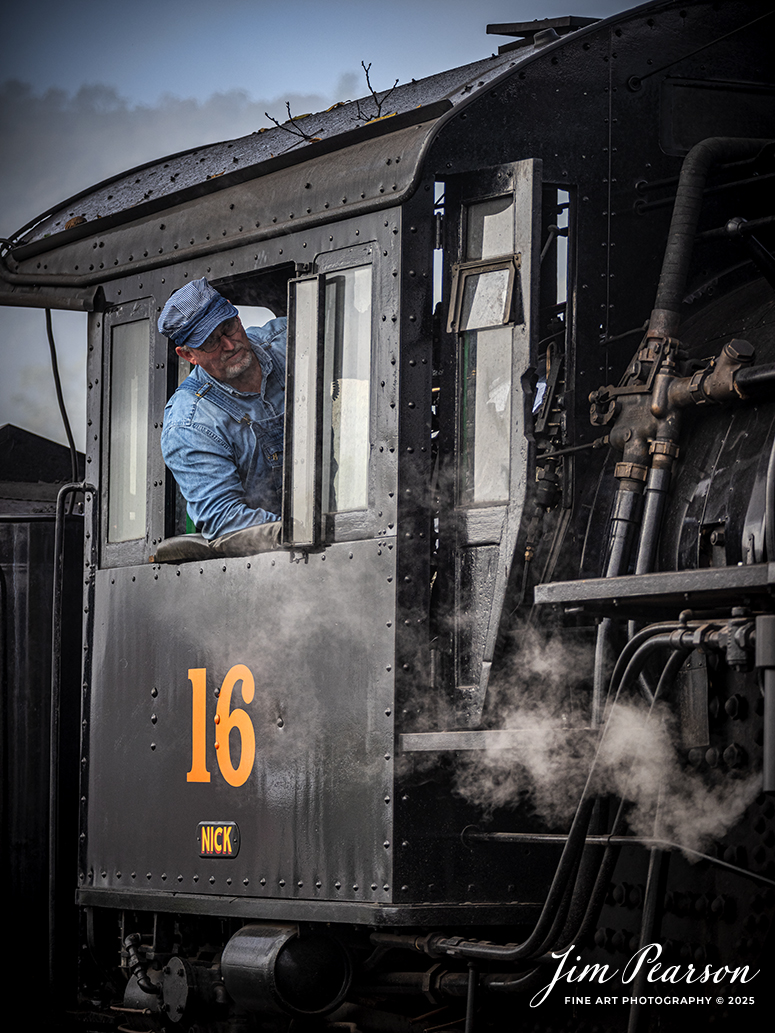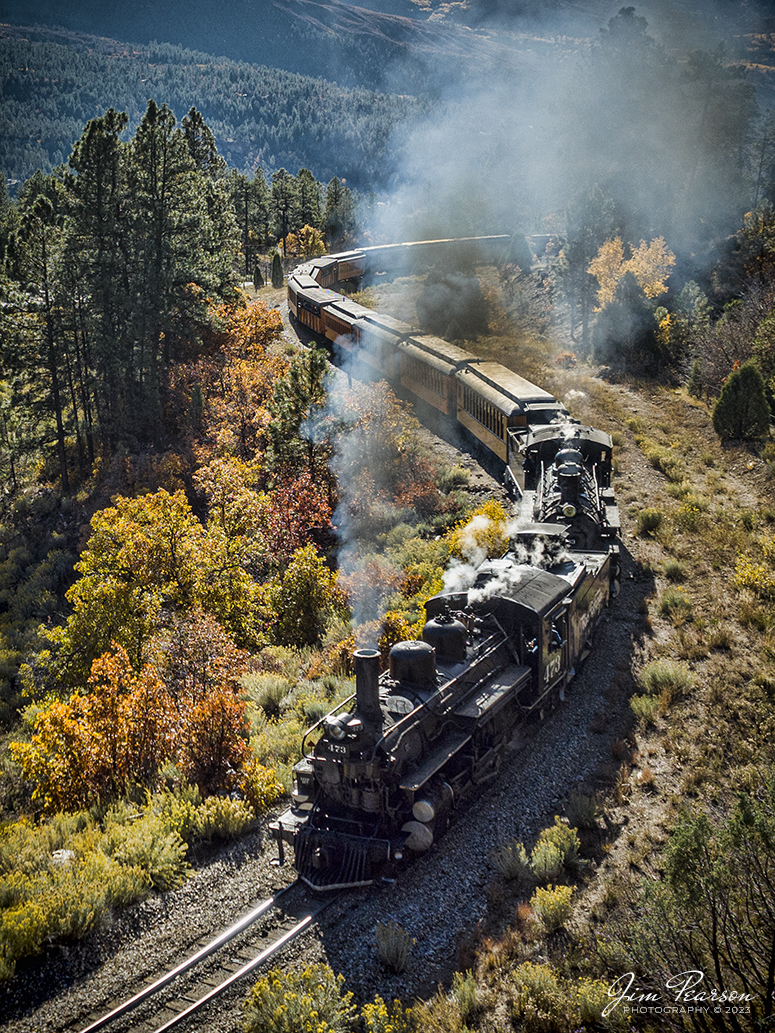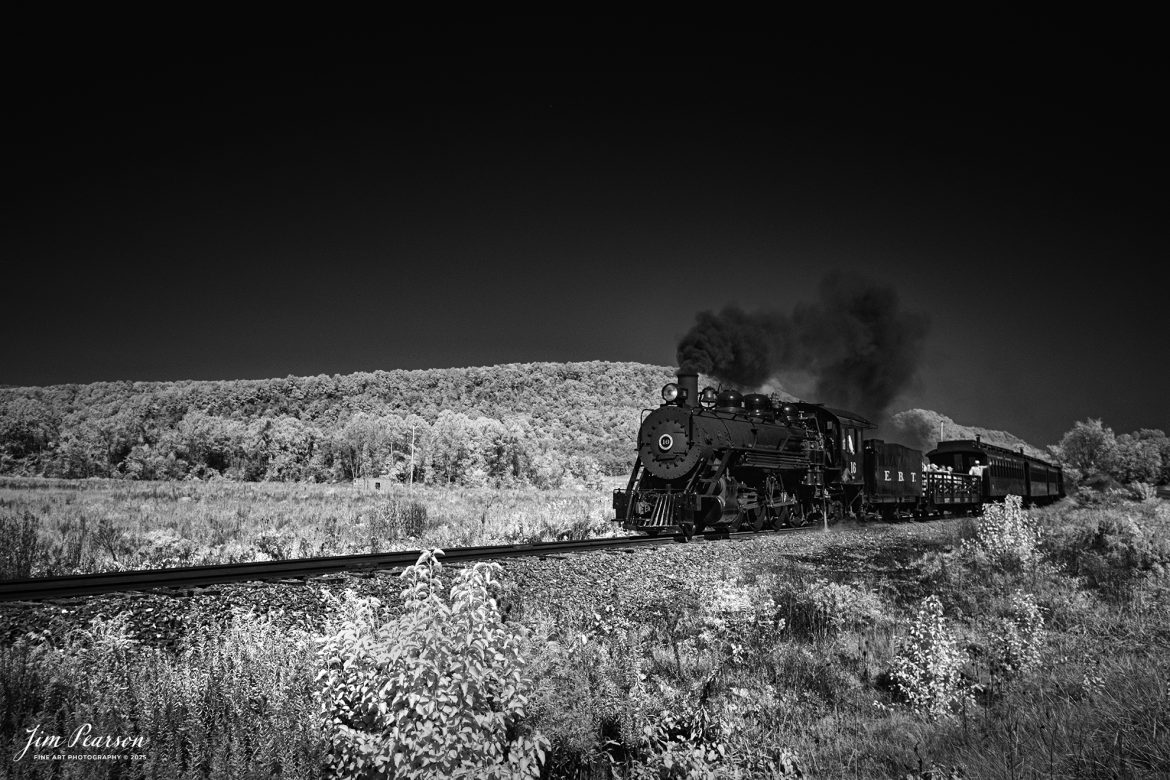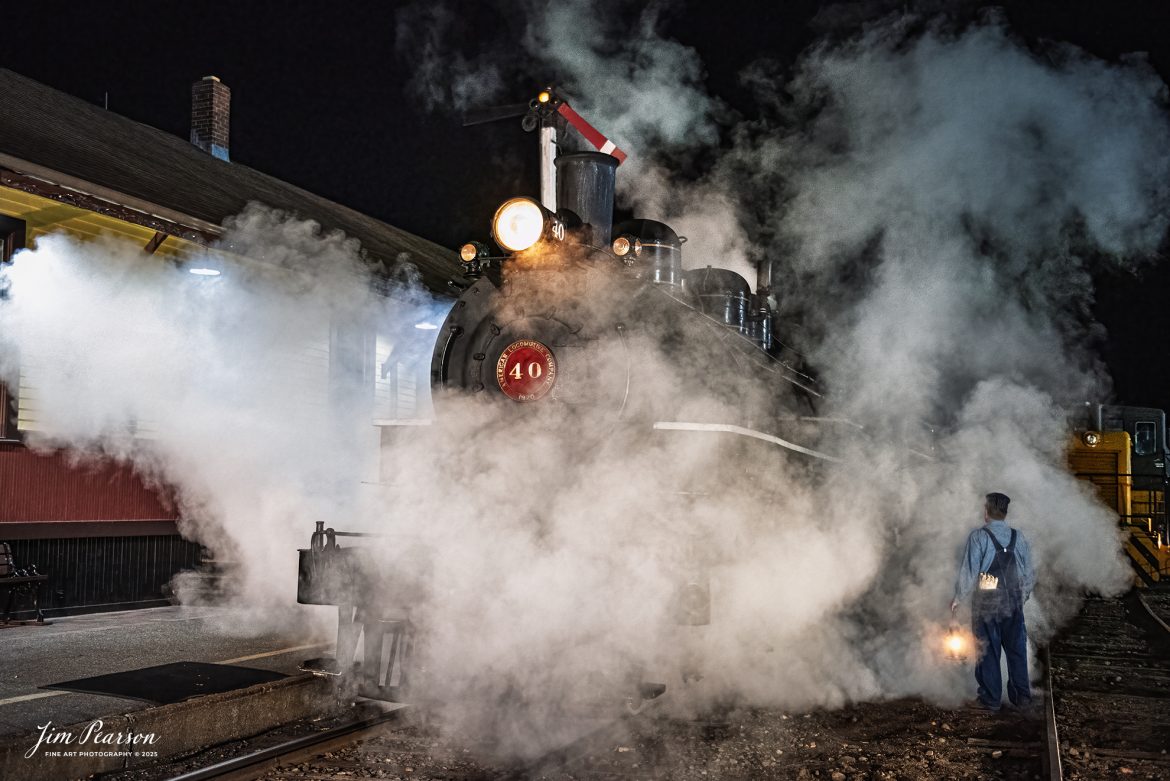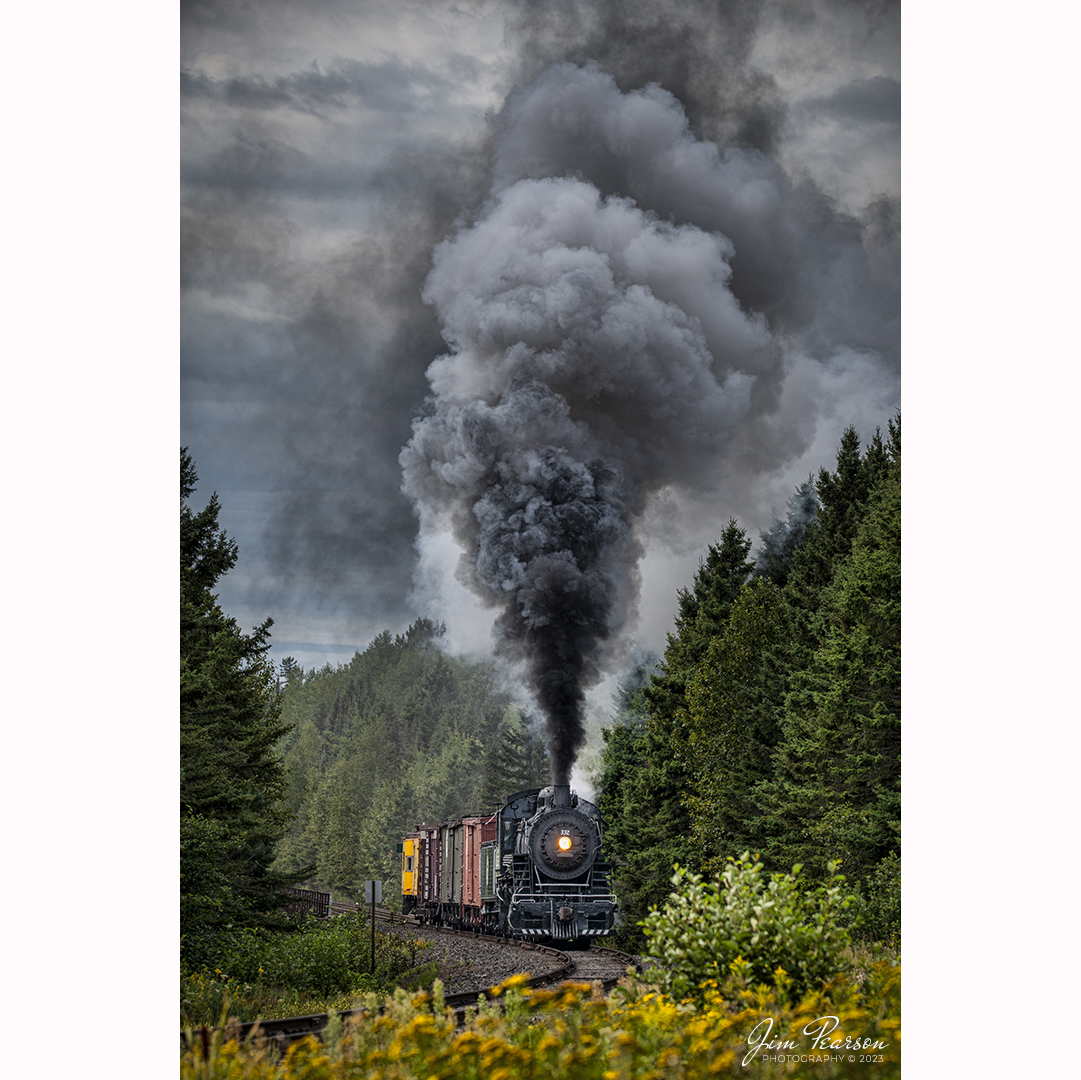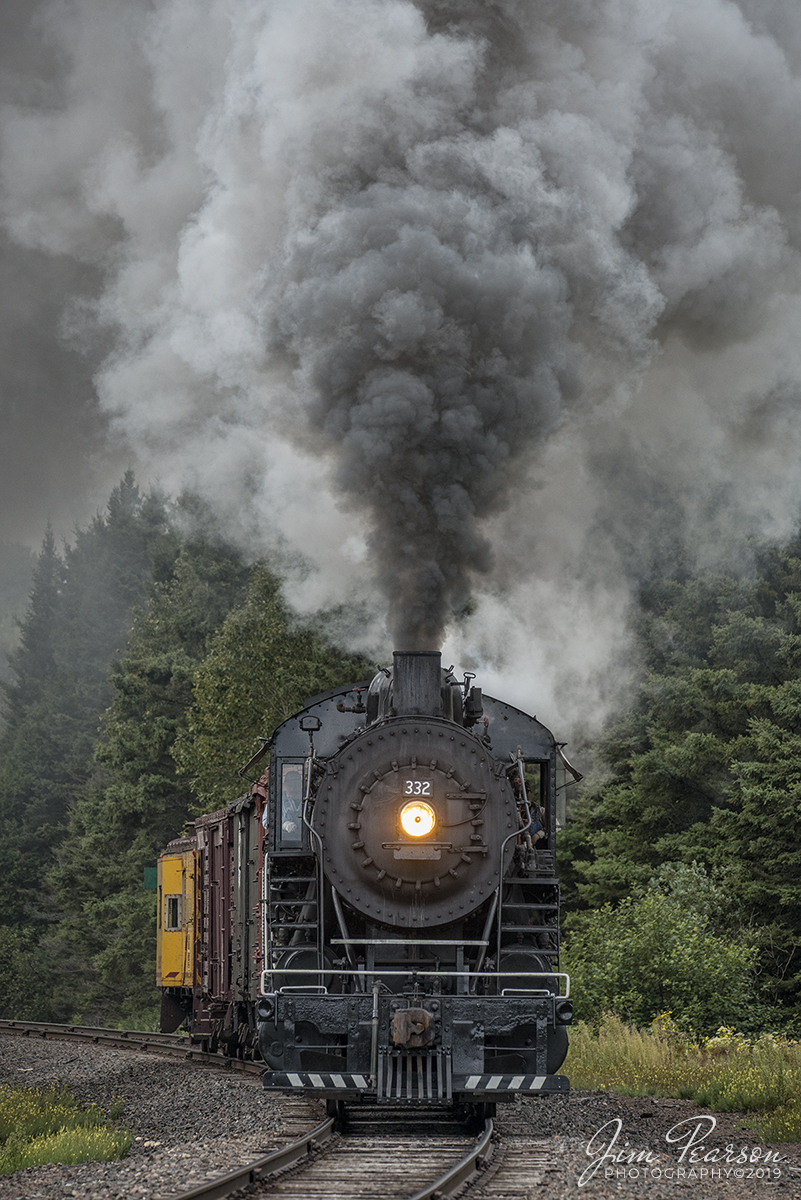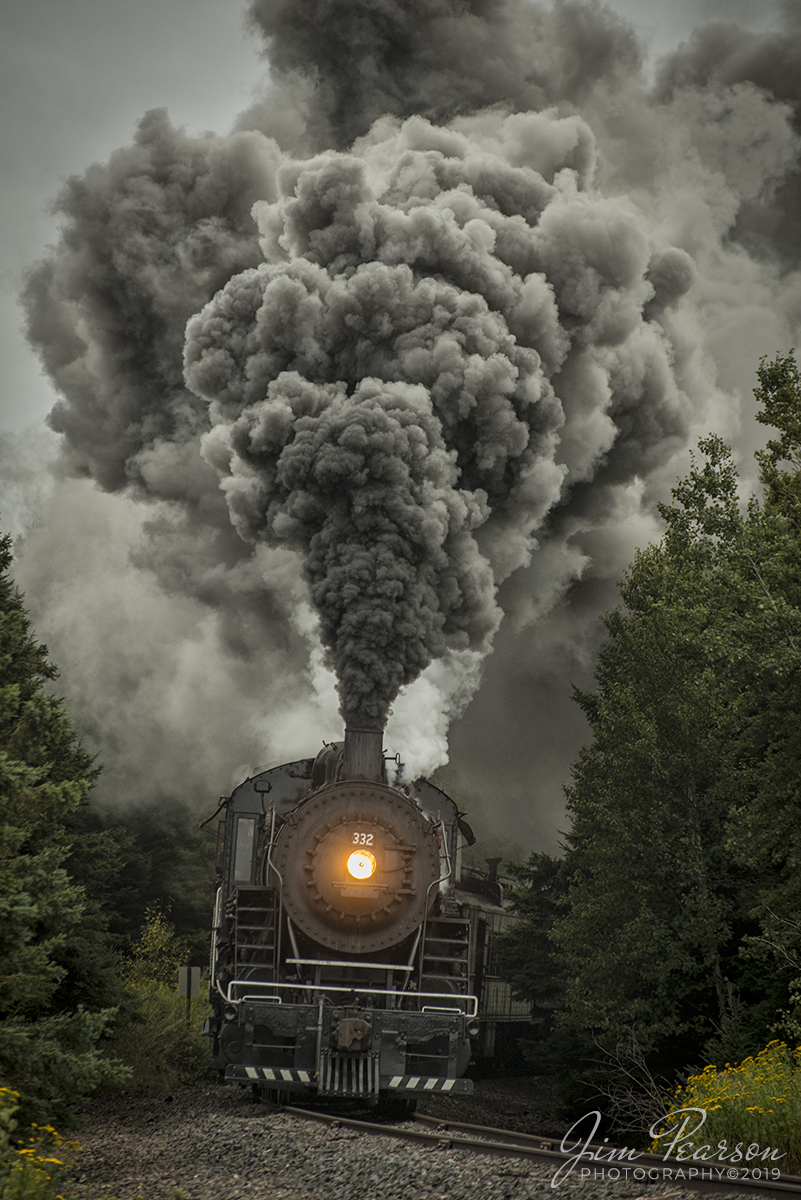Film Wednesday – 1993 – Today’s slide scans are from a trip I took on The Budapest Children’s Railway, which spans approximately 11 kilometers, winding its way through the picturesque Buda Hills in Hungry.
According to their website, Children’s Railway, Budapest is one of Budapest’s most unique attractions. Like any other railway, it has ticket offices, diesel locomotives, signals, switches and a timetable. Unlike other railways though, this one is run by children. The line stretches among the Buda hills from Széchenyihegy to Hűvösvölgy, crossing the Cogwheel Railway and serving Normafa as well as the highest point of Budapest: Jánoshegy.
The lookout towers, forest playgrounds, places of pilgrimage and other attractions lie close to the stations, making the Children’s Railway the ideal jumping-off point for a half-day trip even for families, friends, groups or lone travelers.
A steam locomotive also operates on selected days. The journey is a special experience for train-loving adults and children alike. If you’d like to find out more visit their website at: https://gyermekvasut.hu/en/home/
These scanned slides were where shot while I was deployed during (from Wikipedia) “Operation Deny Flight which was a North Atlantic Treaty Organization (NATO) operation that began on 12 April 1993 as the enforcement of a United Nations (UN) no-fly zone over Bosnia and Herzegovina.”
Also from Wikipedia: We were also part of “Operation Provide Hope which was a humanitarian operation conducted by the U.S. Air Force starting in 1992 to provide medical equipment to former Soviet republics during their transition to freedom from the USSR until 1994.
For 6-months of this operation I was the photo editor for a Combat Camera team that worked out of Aviano, Italy covering both operations. On the weekends, our schedules allowed us some time to travel and on my days off I traveled and today’s photos, along with many others.
Tech Info: Camera, Nikon F3, Ektachrome Slide Film, no other data recorded, Scanned with an PlusTek 82001i Film Scanner.

